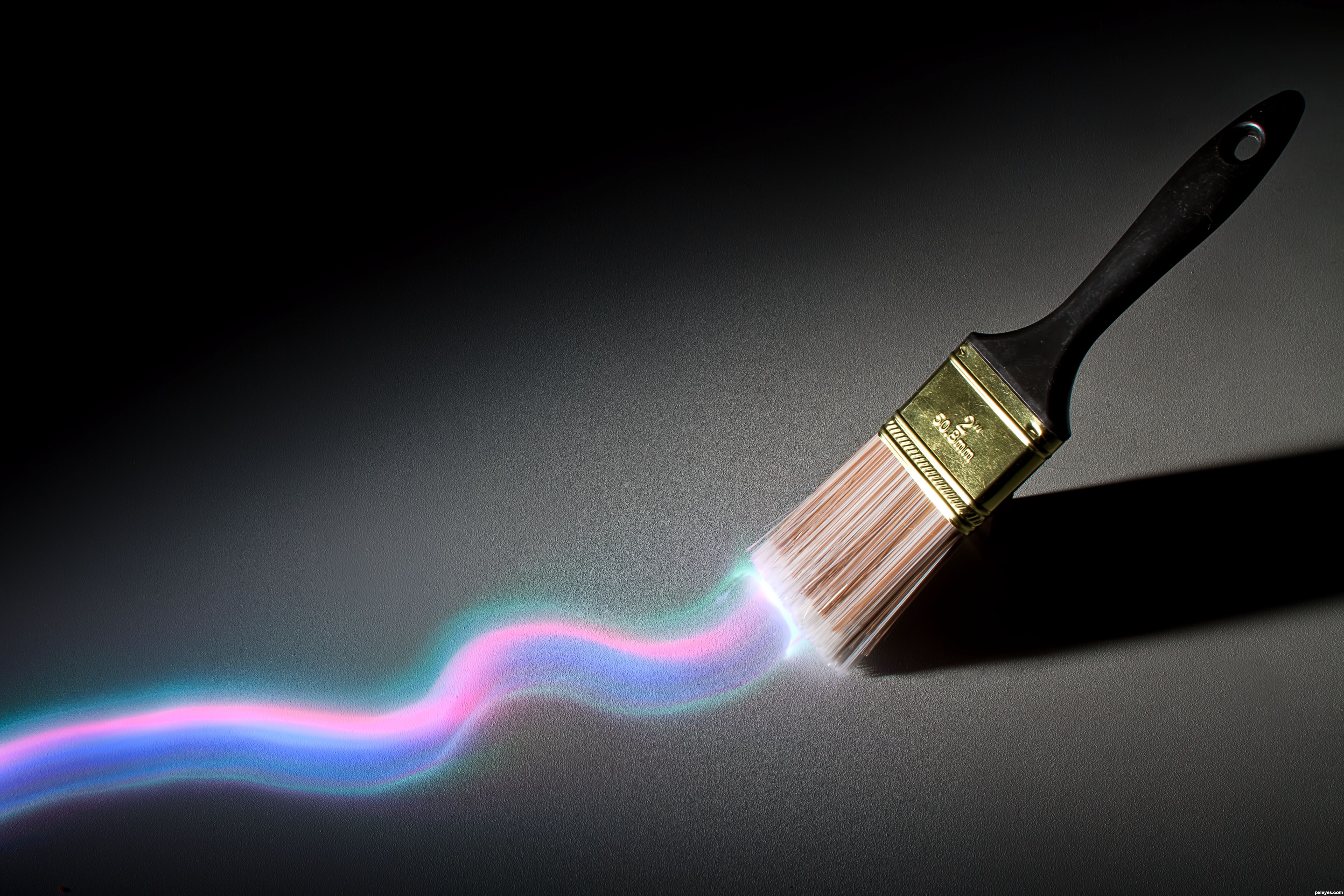Kodak Gallery Quiz
Go to the Media Museum’s Kodak Gallery and follow the history of photography from the beginning to the present day answering these questions as you go.
1. What is ‘Camera Obscura’? Light tight camera
2. What chemical changes when exposed to light making it so important to photography? Silver salts
3. Who made the first permanent photographic image? Joseph Nicéphore
4. When was it made? 1826
5. Where was it made? France
6. How old is the ‘oldest surviving negative?’ 179 (1935)
7. Who created the Daguerreotype? Louis Daguerre
8. When did this person produce their first successful photograph? 1837
9. Take a Photograph of a ‘Daylight Studio’
10. In what era did it become popular to display photographs? Victorian
11. When did it become a requirement to photograph all arrested criminals? 1871
12. Take a photograph of a ‘Darkroom’
13. In the ‘Darkroom’ set at the Media Museum, what does it say ‘Plates’ are sensitive to? Blue light and Ultra Violet
14. In what date was the ‘Beginning of Cinema’? 1895
15. Who invented the name KODAK? George Eastman
16. Take a Photograph of a KODAK camera from 1900.
17. Where was the Flower Fairy’ story based?
18. The Box ………………… was the name of a popular camera in the early 20th Century?
19. In 1933 the photographic market was dominated by 3 firms…KODAK, Ensign and what?
20. Where is the spider? In the bath
21. Where is a popular place for a Darkroom? Under the stairs
22. When did ‘Stereoscopic Photography’ become popular? 1850's
23. When was flash fixed on/built into ‘Snapshot’ cameras? 1950's
24. Where can cameras be hidden? Name one of the hidden cameras available to see in the Museum? Lighter, Cig packet, Lipstick ect.
25. Name one of the popular cameras to give instant prints. Polaroid
26. Photograph the ‘Spice Cam’
27. What is used to ensure you get the correct exposure when photographing?
28. When did colour photography become popular? 1978/ 1950
29. In 1984 how many photographs were estimated to have been taken in Britain? 1 million
30. Who made the first prototype digital camera? Steve Sasson
31. When was this made? 1975
32. When did KODAK stop making film cameras? 2004























